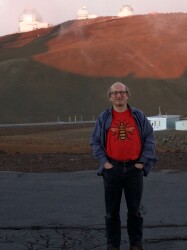BibTex format
@article{Rowan-Robinson:2018:0004-6361/201832671,
author = {Rowan-Robinson, M and Wang, L and Farrah, D and Rigopoulou, D and Gruppioni, C and Vaccari, M and Marchetti, L and Clements, DL and Pearson, WJ},
doi = {0004-6361/201832671},
journal = {Astronomy and Astrophysics},
title = {Extreme submillimetre starburst galaxies},
url = {http://dx.doi.org/10.1051/0004-6361/201832671},
volume = {619},
year = {2018}
}

